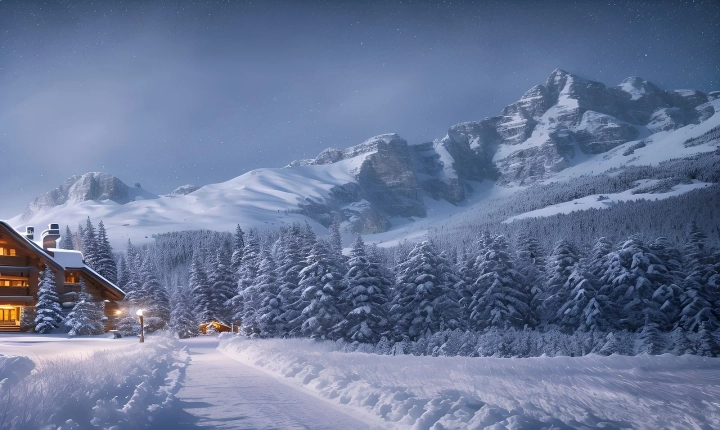Title: How to Make Your Own Photo AI
In the digital age, technology has made immense advancements, and one of the most exciting developments is the rise of Artificial Intelligence (AI). AI has found its way into various facets of our daily lives, including photography. The ability to create your own photo AI can be a fascinating and rewarding endeavor. Here’s a step-by-step guide on how to make your own photo AI.
1. Understand the Basics of AI and Photography
Before diving into creating photo AI, it is essential to have a strong understanding of both artificial intelligence and photography. Familiarize yourself with the principles of machine learning, neural networks, and deep learning. Additionally, study the key elements of photography, such as composition, lighting, and color.
2. Choose a Suitable Platform
There are several platforms and programming languages used to develop AI, with Python being one of the most popular. TensorFlow and Keras are widely used libraries for building deep learning models, making them ideal choices for creating photo AI. Select a platform that best aligns with your skills and objectives.
3. Collect and Label Training Data
Training data is crucial for creating an effective photo AI. Gather a diverse range of images that encompass various subjects, compositions, and lighting conditions. It’s important to label these images meticulously, specifying attributes such as objects, colors, and shapes. The quality of your training data will significantly impact the accuracy of your photo AI.
4. Preprocess the Data
Preprocessing the training data involves tasks like resizing, cropping, and normalizing the images. This step prepares the data for training by ensuring that it is uniform and optimal for input into the AI model.
5. Build and Train the Model
Using your chosen platform and libraries, construct a neural network model for your photo AI. This model should be designed to recognize and process key components of an image, such as objects, colors, and patterns. Train the model using the labeled training data, adjusting the parameters to enhance its accuracy.
6. Test and Fine-tune the Model
Once the model is trained, it is essential to evaluate its performance. Use a separate set of images to test its recognition capabilities and identify areas for improvement. Fine-tune the model by adjusting the network architecture, hyperparameters, and training data as necessary.
7. Deploy the Photo AI
After achieving satisfactory results, deploy your photo AI for use. This could involve integrating it into a photography application, a website, or a standalone tool. Ensure that the AI is user-friendly and capable of effectively enhancing the photographic experience.
Creating your own photo AI can be a challenging yet rewarding process. It opens up opportunities for innovation and creativity in the realm of photography. By understanding the principles of AI and photography, collecting and preprocessing training data, and building, training, and deploying the model, you can develop your own photo AI to revolutionize the way images are captured and processed. The fusion of AI and photography is a compelling frontier that holds immense potential for the future.
